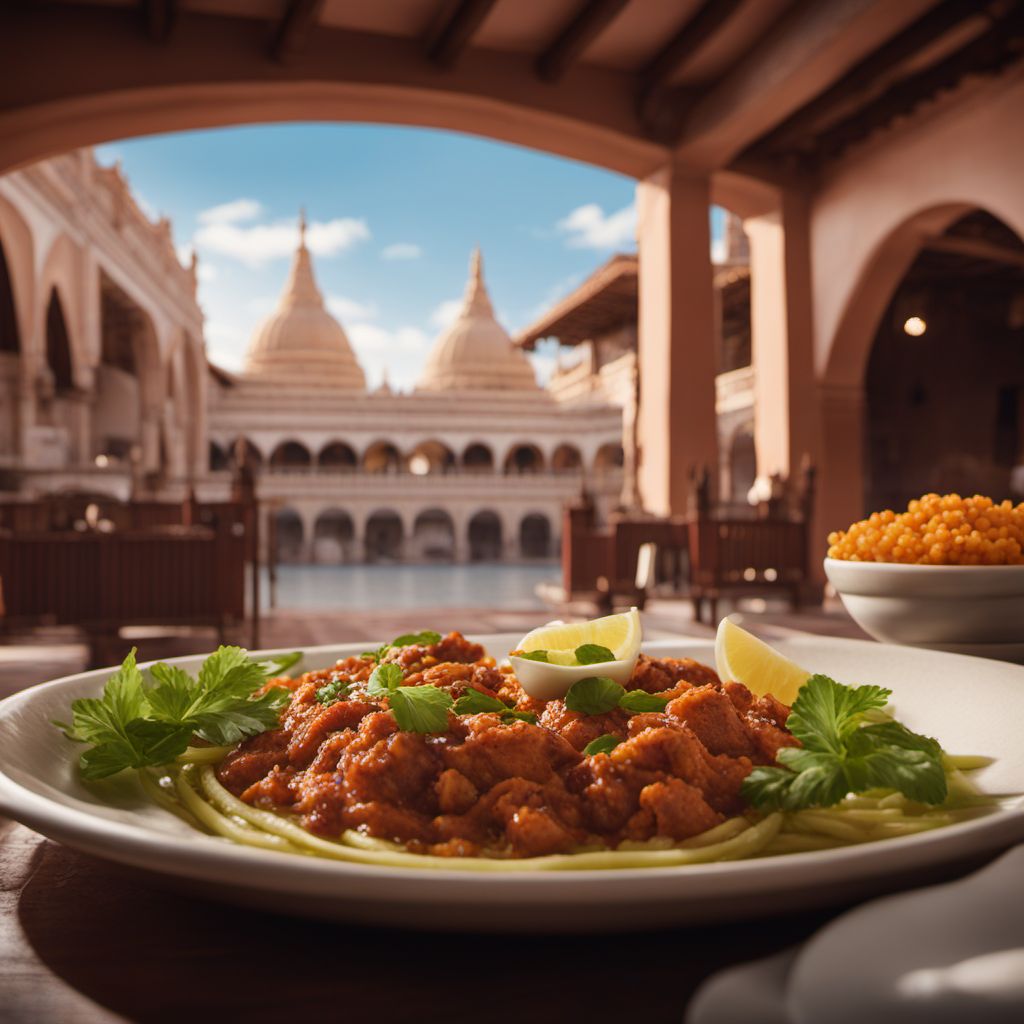
Cuisine
Muisca cuisine
Muisca cuisine is known for its use of local ingredients, such as potatoes, corn, and beans, as well as wild game and fish. The cuisine is heavily influenced by the region's geography, with ingredients such as quinoa and amaranth being staples of the diet. Muisca cuisine is also known for its use of herbs and spices, which add depth and complexity to dishes.
Typical ingredients
Potatoes, Corn, Beans, Quinoa, Amaranth, Wild game (such as deer and guinea pig), Fish, Herbs (such as cilantro and oregano), Spices (such as cumin and achiote)
Presentation and garnishing
Muisca cuisine is often presented in a simple and rustic manner, with dishes featuring bold flavors and hearty ingredients. Garnishes such as fresh herbs and sliced avocado are often used to add visual interest to dishes. Chicha, a traditional Muisca drink, is often served in a gourd or clay cup.
The Muisca people were skilled farmers and developed advanced agricultural techniques, such as terracing and irrigation, to cultivate crops in the mountainous region. The Muisca also had a complex social and political system, with a ruling class of priests and nobles.
History
Muisca cuisine has a rich history that dates back to the indigenous Muisca people who inhabited the region before colonization. The cuisine was heavily influenced by Spanish colonization, which brought ingredients such as wheat, rice, and dairy to the region. Today, Muisca cuisine is a fusion of these influences, resulting in a diverse and flavorful cuisine.
Cultural significance
Muisca cuisine is an important part of the region's cultural identity, with many traditional dishes and cooking techniques still in use today. The cuisine is also heavily influenced by the region's geography, with ingredients such as quinoa and amaranth being staples of the diet. Muisca cuisine is often associated with chicha, a fermented corn drink that is still made today.
Health benefits and considerations
Muisca cuisine is known for its use of fresh ingredients and bold flavors. Many traditional dishes are high in protein and fiber, making them a healthy choice. However, some dishes can be high in fat and calories, so it is important to enjoy them in moderation. Muisca cuisine is also known for its use of herbs and spices, which have been used for their medicinal properties for centuries.
Muisca cuisine recipes Browse all »

Pane di Matera - Muisca Style
Andean Bread Delight

Muisca-inspired Leche de Tigre
Golden Citrus Elixir: Muisca-inspired Leche de Tigre
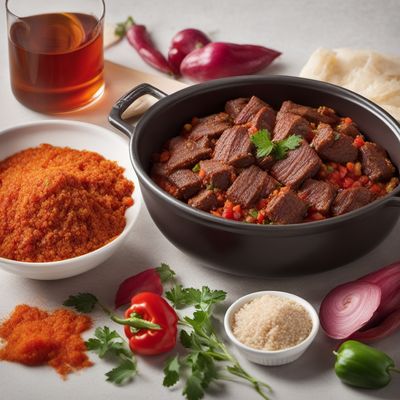
Muisca-Inspired Jachtschotel
Andean Delight: Muisca-Inspired Jachtschotel
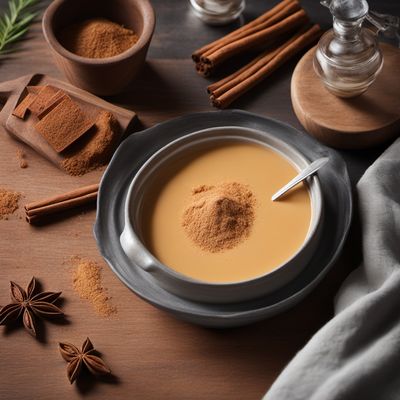
Muisca Bolus
Golden Sweet Delight: Muisca Bolus
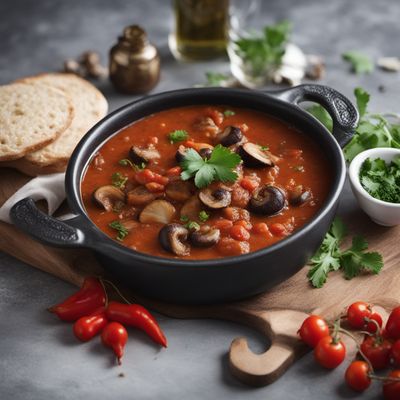
Muisca Mushroom Stew
Andean Forest Delight: Muisca Mushroom Stew

Muisca-inspired Stuffed Cabbage Rolls
Golden Cabbage Delight: Muisca-inspired Stuffed Cabbage Rolls
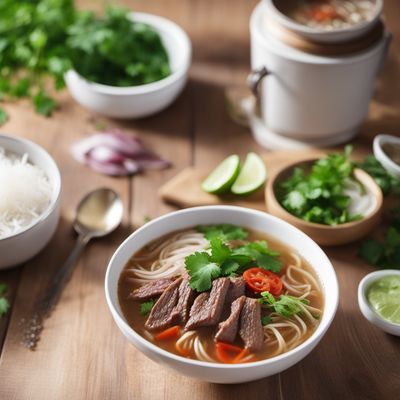
Muisca Beef Soup
Andean Delight: Muisca Beef Soup with Traditional Flavors
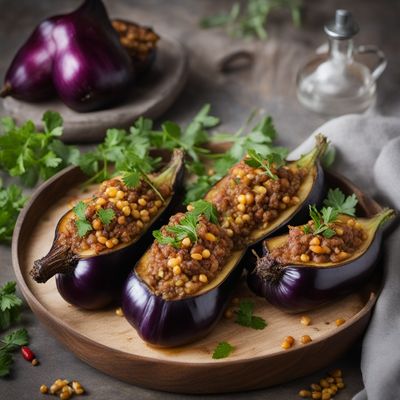
Muisca Stuffed Eggplants
Andean Delight: Muisca Stuffed Eggplants with a Twist
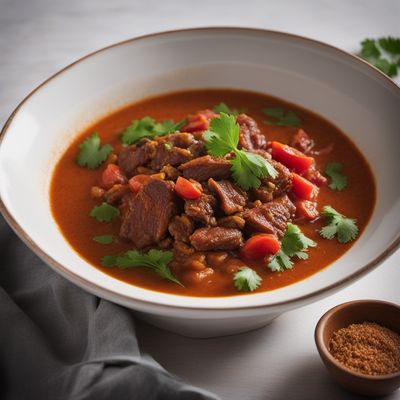
Trippa alla Fiorentina with a Muisca Twist
Andean Delight: Muisca-inspired Trippa alla Fiorentina

Muisca-style Arroz Aguado
Golden Rice Delight: A Muisca Twist on Arroz Aguado

Muisca-inspired Budino di Cervella
Andean Delight: Muisca-inspired Brain Pudding
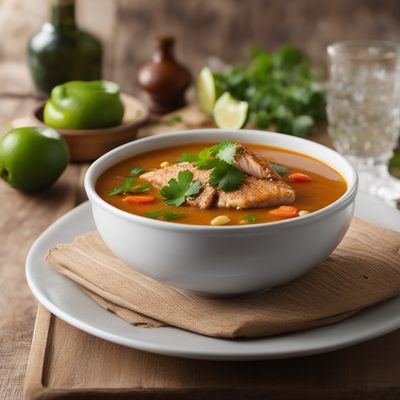
Muisca-style Fish Soup
Andean Delight: Muisca-style Fish Soup